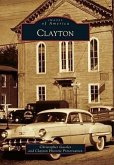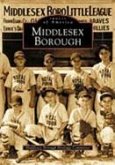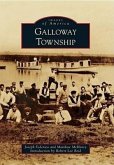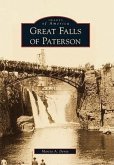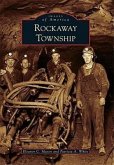In the mid-1800s, Charles K. Landis, a visionary and entrepreneur, was looking for land that would be more adaptable to fruit than to grain and suitable also for a wide range of industries. In 1861, Landis developed a parcel of land just north of Millville. Landis set aside 1 square mile called the Borough of Vineland exclusively for homes, businesses, and industry. Beyond that 1 square mile, the land was designated for farming and became Landis Township. In 1952, the citizens of the borough and township voted to merge the two into the City of Vineland, which today remains the largest city in area in New Jersey. Known for its cultural and religious diversity, Vineland's success in farming, business, and industry can be traced to its unique blend of early settlers, natives, and immigrants alike.


